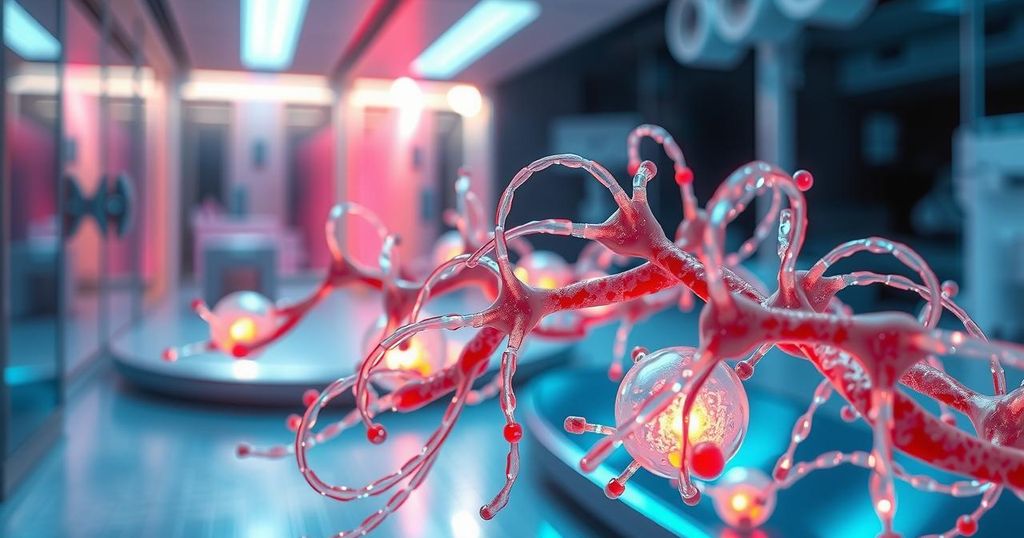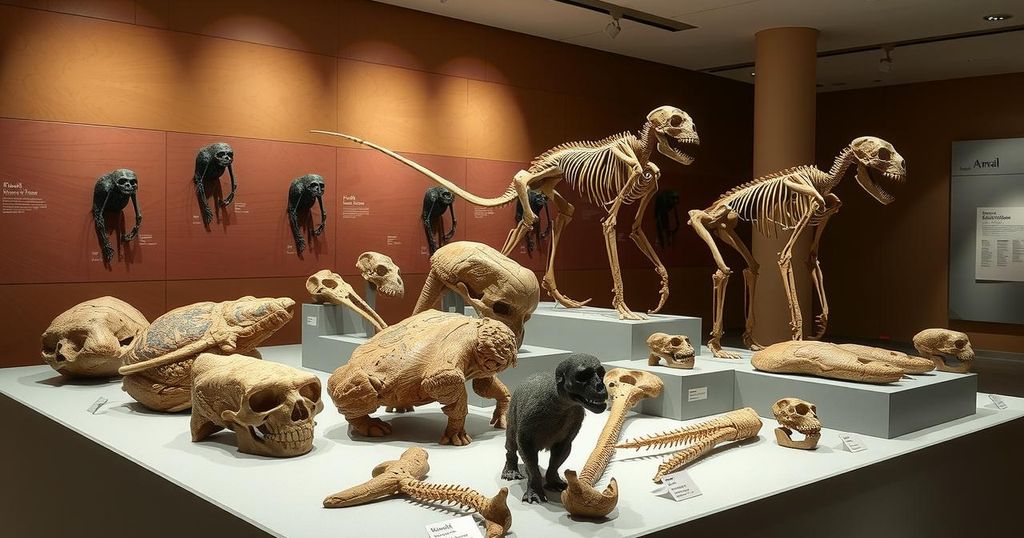Breakthrough in Bioelectronics: Creation of Soft Hydrogel Semiconductors
UChicago researchers have created a revolutionary soft hydrogel semiconductor that mimics living tissue properties, enhancing its compatibility with biological systems. This new material aims to improve brain-machine interfaces, biosensors, and pacemakers by combining the benefits of semiconductors and hydrogels into a single innovative solution. This breakthrough could lead to significant advancements in medical technology, including skin sensors and wound care applications.
In a groundbreaking study by UChicago Pritzker School of Molecular Engineering, researchers have developed a novel soft and flexible semiconductor that mimics the properties of living tissue. This innovative hydrogel material could revolutionize bioelectronics by enhancing brain-machine interfaces, biosensors, and cardiac pacemakers, overcoming traditional limitations of rigid, brittle semiconductors. By combining the softness of hydrogels with the functionality of semiconductors, this material holds promise for both medical and non-surgical applications, such as improved skin sensors and wound care.
This hydrogel semiconductor flutters gracefully in water yet maintains powerful electronic properties essential for facilitating seamless communication between biological tissues and electronic devices. Yahao Dai, the study’s lead author, emphasized the importance of replicating the mechanical properties of tissues, allowing for devices that can adapt together during implantation, thus fostering intimate interaction with biological systems.
The team’s innovative fabrication process involved a shift in perspective, utilizing an organic solvent to dissolve semiconductors, enabling the creation of a new hydrogel that’s both a semiconductor and bio-compatible. This method ensures the resulting material exhibits soft mechanical properties and significant hydration, crucial for tissue engineering and drug delivery applications.
The patented material commercialized via UChicago’s Polsky Center represents a true fusion of hydrogel and semiconductor, rather than a mere combination of both. Unlike traditional materials, it minimizes immune responses when implanted, while also significantly enhancing biosensing responses and therapeutic functions. As Asst. Prof. Sihong Wang points out, this creates a synergistic effect that surpasses the capabilities of either material alone.
Increasing interaction site sensitivity for biomolecules and enhancing light response for therapeutic applications, this novel hydrogel semiconductor could lead to improved light-operated pacemakers and advanced wound care techniques. Wang famously noted that it’s a case of “one plus one is greater than two,” highlighting the extraordinary potential of merging these two realms into a unified solution.
The need for interfacing electronics with living tissue has driven researchers to explore materials that possess softness and water affinity akin to biological tissues. Traditional semiconductors, however, are rigid and tend to repel water, limiting their applicability in bioelectronics. Transitioning towards soft and flexible materials is crucial for developing efficient medical devices, such as biosensors and pacemakers, that can seamlessly integrate with physiological environments. The new hydrogel semiconductor emerges as a viable answer to this long-standing challenge, promising to enhance medical technology significantly.
The UChicago team’s development of soft, flexible hydrogel semiconductors marks a pivotal step in bioelectronics, successfully marrying the properties of semiconductors with biocompatibility. This innovation has the potential to transform numerous health technologies by improving biocompatibility and enhancing functionalities, such as sensing and drug delivery. The future of medical devices appears brighter than ever with this breakthrough, paving the way for more efficient, less invasive treatments.
Original Source: news.uchicago.edu




Post Comment